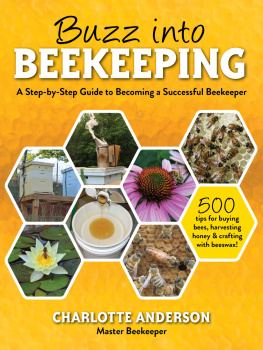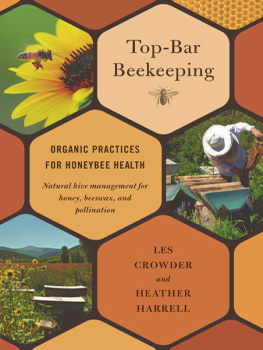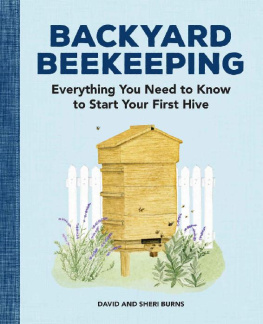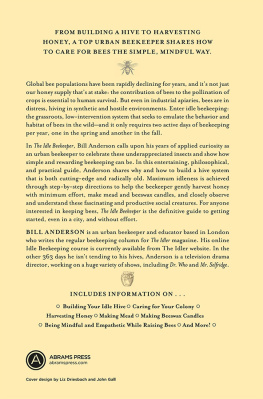Table of Contents
ALPHA BOOKS
Published by the Penguin Group
Penguin Group (USA) Inc., 375 Hudson Street, New York, New York 10014, USA
Penguin Group (Canada), 90 Eglinton Avenue East, Suite 700, Toronto, Ontario M4P 2Y3, Canada (a division of
Pearson Penguin Canada Inc.)
Penguin Books Ltd., 80 Strand, London WC2R 0RL, England
Penguin Ireland, 25 St. Stephens Green, Dublin 2, Ireland (a division of Penguin Books Ltd.)
Penguin Group (Australia), 250 Camberwell Road, Camberwell, Victoria 3124, Australia (a division of Pearson Australia
Group Pty. Ltd.)
Penguin Books India Pvt. Ltd., 11 Community Centre, Panchsheel Park, New Delhi110 017, India
Penguin Group (NZ), 67 Apollo Drive, Rosedale, North Shore, Auckland 1311, New Zealand (a division of Pearson
New Zealand Ltd.)
Penguin Books (South Africa) (Pty.) Ltd., 24 Sturdee Avenue, Rosebank, Johannesburg 2196, South Africa
Penguin Books Ltd., Registered Offices: 80 Strand, London WC2R 0RL, England
Copyright 2010 by Dean Stiglitz and Laurie Herboldsheimer
All rights reserved. No part of this book shall be reproduced, stored in a retrieval system, or transmitted by any means, electronic, mechanical, photocopying, recording, or otherwise, without written permission from the publisher. No patent liability is assumed with respect to the use of the information contained herein. Although every precaution has been taken in the preparation of this book, the publisher and authors assume no responsibility for errors or omissions. Neither is any liability assumed for damages resulting from the use of information contained herein. For information, address Alpha Books, 800 East 96th Street, Indianapolis, IN 46240.
THE COMPLETE IDIOTS GUIDE TO and Design are registered trademarks of Penguin Group (USA) Inc.
eISBN : 978-1-101-19781-3
Interpretation of the printing code: The rightmost number of the first series of numbers is the year of the books printing; the rightmost number of the second series of numbers is the number of the books printing. For example, a printing code of 10-1 shows that the first printing occurred in 2010.
The authors and publisher specifically disclaim any responsibility for any liability, loss, or risk, personal or otherwise, which is incurred as a consequence, directly or indirectly, of the use and application of any of the contents of this book.
Most Alpha books are available at special quantity discounts for bulk purchases for sales promotions, premiums, fund-raising, or educational use. Special books, or book excerpts, can also be created to fit specific needs.
For details, write: Special Markets, Alpha Books, 375 Hudson Street, New York, NY 10014.
eISBN : 978-1-101-19781-3
http://us.penguingroup.com
Like everyone, we have parents, heroes, and mentors who have helped craft who we are and influence everything we do.
This particular book, however, could only be dedicated to Dee Lusby. The contributions that she and her late husband Ed have made and shared freely with many thousands of beekeepers all over the world are the driving force behind the treatment-free movement, and their value is impossible to overestimate.
Introduction
One can imagine the progression of humans relationship with the honeybee. Curiosity led to stinging, which drove us away. More curiosity led to the discovery of honey and, suddenly, the fear of being stung was no longer an effective deterrent. Humanity had never experienced such sweetness before, and the taste of liquid sunlight changed the world. Its quite literally a version of the oldest story in the book (think: Adam, Eve, and a sweet, forbidden apple).
Honeybees are the most studied creatures on the planet, second only to humans. Someone was the first to discover that smoke would drive bees out of their cavity and minimize alarm, what time of year there was likely to be the most honey, and that breathing on bees tends to rile them up. Such knowledge is, of course, the result of observation and study. But the bees dont make our research easy.
Gregor Mendel, whose discoveries described the genetic crossings of virtually every life form on the planet, was baffled by the honeybee. Even today, we are just beginning to understand certain aspects of the hive, such as the importance of the microbial components.
No matter the accumulated knowledge, no matter the sophistication of the tools, every answer we get yields countless questions. The closer we look, the deeper we go, and it never seems to end. This is the nature of the honeybee.
Working with them, studying them, trying to unlock their secrets, is both satisfying and engaging. This is the big secret: bees are more interesting than honey.
Dont get us wrong, honey is great stuff, and there is nothing like sticking your finger into warm honeycomb and having a taste while bees fly around you. Not even a cherry tomato warmed by the sun and right off the vine compares. However, we love the bees most of all, and bee fever is a constantly recurring theme in the history of humankind. We know we are not alone. Welcome.
Unfortunately, beekeeping has sufferedalong with all of agriculturefrom the introduction of modern high-yield techniques and industrial-scale approaches. Think about monocrop farming, feedlot cattle, chickens with their beaks removed, and excessive and improper application of pesticides. Similarly, many of our attempts to manipulate the natural processes of the bees have been careless and misguided, and we have treated Mother Natures generosity with greed. We should know better.
Modern beekeeping practices have delivered significant challenges, and this book attempts to address them. Beekeeping by recipe doesnt really work unless you employ artificial controls such as frequent feeding, chemical applications, and constant requeening. Even with these interventions, its not unheard of for 90 percent of a beekeepers hives to die over the winter. Such solutions do not solve anything.
This is likely the first time youve ever heard that most beekeepers actually put chemicals in their beehives, or that beekeepers (yes, even the sweet old man at the end of the dirt road who sells honey out of his garage) feed their bees sugar or high-fructose corn syrup. Its shocking that beekeepers dont question these practices, and that some treatments are so common that beekeepers dont even consider them treatments anymoretheyve become baseline beekeeping.
In addition to serving as an introduction to beekeeping, this book is intended for beekeepers of all levels of experience who want to keep bees on a system that is different than how most people are taught today. What we offer here is a treatment-free approach. We say treatment-free because even organic and natural beekeeping (as they have come to be defined) allow for chemical treatments and management practices that are detrimental to the long-term health and vitality of the honeybee.
We dont pretend to present a recipe. What we hope to convey is an understanding of how bees live, some overall management techniques and goals, and an overview of how bees function in the natural world so you can develop a mutually beneficial relationship with them.
A beekeeping recipe is the fish that one gives a man instead of teaching him to catch his own. We endeavor to impart to you the knowledge you need to create your own management approaches based on what the bees need at any given time. We encourage you to draw on the resources we point to in Appendix B, as other perspectives, other ideas, and other goals can do nothing but allow you to yield a greater understanding of the whole.








